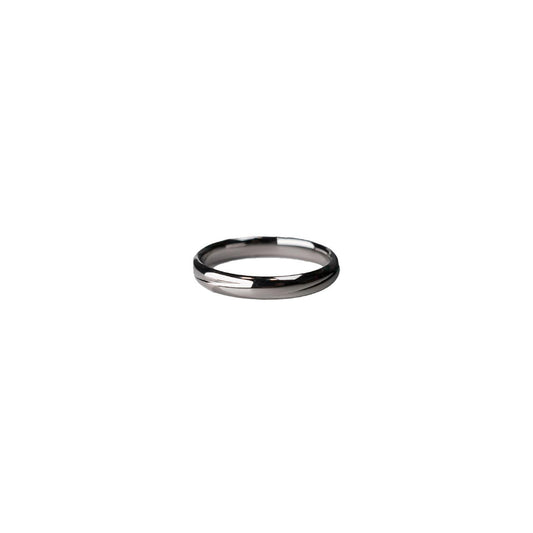Crafting Stones The Story Behind Lab-Created Diamonds
Crafting Stones The Story Behind Lab-Created Diamonds
Last summer, my friend Emily got engaged. Her fiancé, Matt, proposed with a stunning diamond ring, but what caught my attention wasn’t just the sparkle; it was the story behind it. That diamond, she told me with a sly grin, had been grown in a lab. Curious as ever, I decided to dig deeper into how these lab-grown wonders are brought to life.
Lab-created diamonds, unlike their mined counterparts, start in an environment far removed from the Earth's crust. Instead of volcanoes and ancient tectonic dances, these diamonds begin with a tiny diamond seed, around which carbon atoms crystallize under specific conditions. The process primarily involves two methods: High Pressure High Temperature (HPHT) and Chemical Vapor Deposition (CVD).
The HPHT method, much like its name suggests, mimics the intense pressure and heat found beneath the Earth's surface. It's a bit like recreating the fiery depths of chaos in a modern setting, using a press that's capable of exerting over 50,000 atmospheres. The diamond seed is placed in a chamber with pure carbon. As the temperature and pressure skyrocket, the carbon melts, forming a diamond around the seed as it cools.
On the flipside, the CVD method feels almost like watching magic happen in a sci-fi lab. Here, the diamond seed is placed in a vacuum chamber filled with carbon-rich gases. The gases are then ionized into plasma, causing the carbon atoms to slowly layer on the seed, like building a glittering skyscraper from atomic Legos. It's captivating to see that both methods, despite their differences, yield diamonds indistinguishable from those formed over thousands of years underground.
What fascinates me is not just the science, but the impact these diamonds have on the world around us. They symbolize a growing consciousness towards sustainable and ethical sourcing. With traditional diamond mining often linked to environmental and ethical concerns, lab-grown diamonds offer a guilt-free alternative. This is a point Matt mentioned with pride when defending their choice—although Emily joked it was also because he found the science ridiculously cool.
Their decision reflects a broader shift in consumer values, one that's gaining traction among couples seeking transparency and responsibility. Plus, lab diamonds often come at a fraction of the cost, making that dream engagement ring less of a financial Everest. As more people pivot towards minimalism and eco-friendliness, lab-created diamonds shine as a testament to those principles.
Reflecting on Emily’s ring, I realize that it's not just a piece of jewelry but a wearable story of technology meeting tradition. Having seen the twinkling stone up close, I couldn't tell you it was born in a lab—and that's precisely its beauty. It's a modern marvel, a fusion of art and science that invites us all to reflect on the stories we choose to carry forward.
As I ponder whether I’d want a lab diamond myself someday, I can’t help but smile at the notion. After all, in a world where ancient practices meet tomorrow’s technology, who wouldn’t want a piece of that shining legacy as part of their story?


























